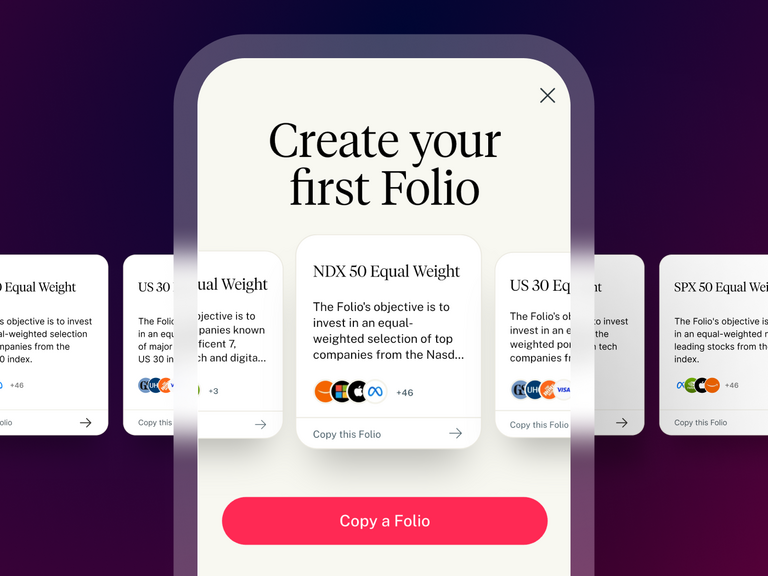The latest buzzword in the world of cryptocurrencies is NFT, or non-fungible token. The NFT art market took off in 2020, growing 2,800%, according to a report by nonfungible.com.
The market, which is estimated to be worth $1bn, has caught “the imagination of artists and blockchain enthusiasts all over the world”, says Bloomberg’s Matthew Leising.
A series of high-profile deals in early 2021 have helped thrust NFTs into the spotlight. On 19 February, an animated gif of Nyan Cat — a 2011 meme of a flying pop-tart cat — sold for circa 300 ether, or $590,000. Less than two weeks later, the musician Grimes sold 10 pieces of digital art as NFTs for more than $6m.
Twitter founder Jack Dorsey auctioned his first-ever tweet as an NFT, selling it for $2.9m after bidding closed on 21 March. And, in arguably the clearest sign that NFTs are moving into the mainstream, auction house Christies sold digital artist Beeple’s NFT work of art, “Everydays: The First 5,000 Days”. The sale hit a new record for digital art at $69.3m.
$2.9million
Amount Twitter founder Jack Dorsey's first-ever tweet sold for as an NFT
It’s clear that the NFT market is moving to another level. We take a closer look at exactly what NFTs are, how they’re used and why they’re becoming so popular.
What are NFTs?
NFTs are individual tokens that can be used to represent ownership of unique digital items, like art, music, video and collectibles, in the form of jpegs, MP3s, gifs and more – anything unique that could be stored digitally. An NFT is, essentially, a digital certificate of authenticity.
NFTs can only have one official owner at a time and are secured by the ethereum [ETH] blockchain, so no one can modify the record of ownership. This explains “non-fungible” – an item that’s not interchangeable for other items due to its unique properties.
NFTs hold a value, and can be bought and sold like other types of art. However, there can be more than one digital version of an NFT on the marketplace, although copies of the original don’t hold the same value. An NFT is approved by the creator, or “minted”, and then shared on the ethereum blockchain’s ledger, as a public record.
How are NFTs used?
Ethereum, which is up 118.1% year-to-date to 24 March, allows computer programs known as smart contracts to operate within its distributed network. For NFTs, an online crypto marketplace like Makersplace, Nifty Gateway and OpenSea provides users with access to smart contracts, which connects artists and buyers directly.
“The blockchain element is crucial,” says Leising, “because it enables a digital item ... to have scarcity and be linked to its authenticated owner, giving it a value previous digital items couldn’t claim.”
“The blockchain element is crucial because it enables a digital item ... to have scarcity and be linked to its authenticated owner, giving it a value previous digital items couldn’t claim” - Matthew Leising
NFT creators can also enable a feature that pays them each time their work changes hands. Larva Labs, creators of 10,000 pixelated characters called CryptoPunks, which were originally free, have now changed hands across various NFT platforms for $198.85m, according to Larva Labs’ website, with the most expensive going for $7.6m.
Why are NFTs becoming more popular?
“NFTs appeal to the human desire to collect things, while at the same time the current generation has come of age with computers involved in all aspects of their lives,” says Nikil Viswanathan, co-founder of the 2017 start-up Alchemy. Alchemy has “grown 54-fold to power $25bn worth of ethereum projects such as decentralised finance start-ups and NFT platforms”, reports Leising.
Viswanathan argues that today’s children are “digital natives”, and the digital world makes it far easier to “showcase your possessions and your luxury goods better than in the real world.” Smaller artists are also now jumping on the bandwagon, with people prepared to pay, claim ownership and support their favourite creators.
“NFTs appeal to the human desire to collect things, while at the same time the current generation has come of age with computers involved in all aspects of their lives” - Nikil Viswanathan, co-founder of Alchemy
So, are there any potholes on the road to success? According to finance and economics commentator, Frances Coppola, “it’s another of these bubble manias”, potentially similar to the 2017 boom in initial coin offerings, reports the FT’s, Jemina Kelly. There are definitely similarities, such as low barriers to entry, and the huge sums of money being invested.
It is difficult to be certain of the future for NFTs, but there’s only one genuine version of a piece of NFT digital artwork, and there’s no shortage of willing participants right now. With cryptocurrencies becoming more widely accepted, perhaps NFTs will follow.
Disclaimer Past performance is not a reliable indicator of future results.
CMC Markets is an execution-only service provider. The material (whether or not it states any opinions) is for general information purposes only, and does not take into account your personal circumstances or objectives. Nothing in this material is (or should be considered to be) financial, investment or other advice on which reliance should be placed. No opinion given in the material constitutes a recommendation by CMC Markets or the author that any particular investment, security, transaction or investment strategy is suitable for any specific person.
The material has not been prepared in accordance with legal requirements designed to promote the independence of investment research. Although we are not specifically prevented from dealing before providing this material, we do not seek to take advantage of the material prior to its dissemination.
CMC Markets does not endorse or offer opinion on the trading strategies used by the author. Their trading strategies do not guarantee any return and CMC Markets shall not be held responsible for any loss that you may incur, either directly or indirectly, arising from any investment based on any information contained herein.
*Tax treatment depends on individual circumstances and can change or may differ in a jurisdiction other than the UK.
Continue reading for FREE
- Includes free newsletter updates, unsubscribe anytime. Privacy policy





